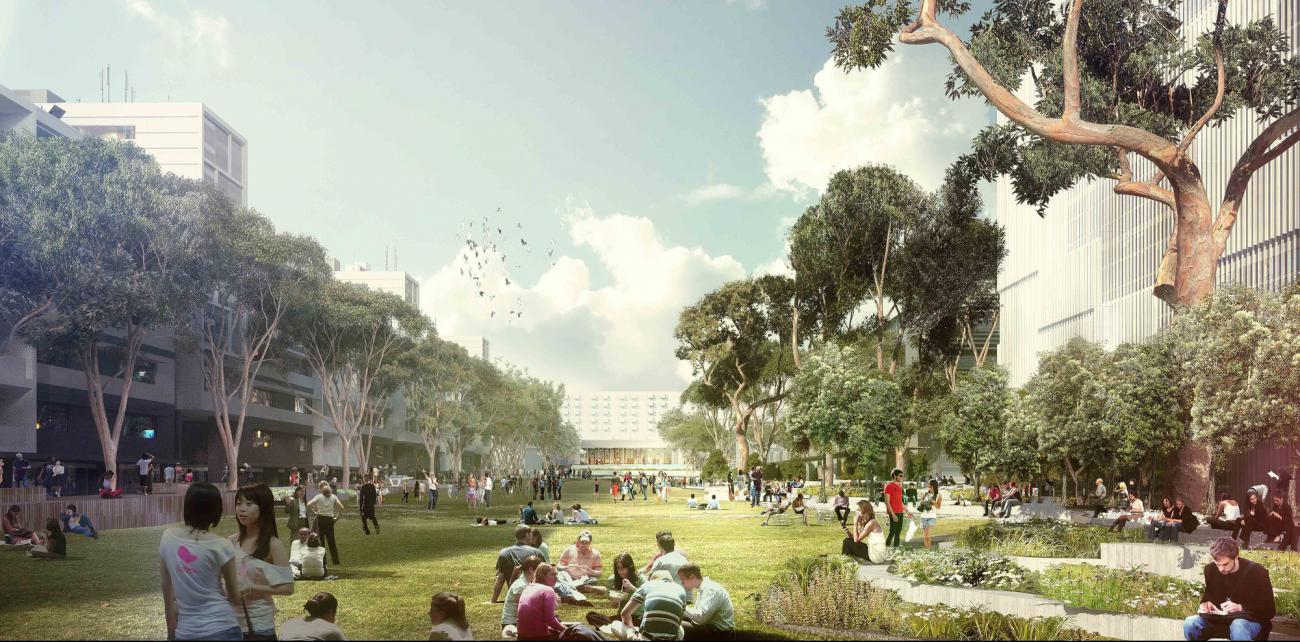
Visiting a new settlement planned on utopian principles during my travels through France this summer set me thinking about what we can still learn from such pioneering experiments. How enduring are the principles on which they were founded, and can they usefully inform our work today?
The best known examples in the UK, such as Port Sunlight near Liverpool and Bournville near Birmingham were built in the 19th century by philanthropic industrialists as a reaction against the squalid urban conditions created by the Industrial Revolution, but similar communities were established in Europe and the USA. They provided decent housing within generous green space, close to jobs, and with integral social amenities. These so-called ‘model villages’ represented an ideal to which other developments might aspire.
The underlying design concept has proved remarkably resilient – indeed it lives on through garden cities and new towns throughout the world, with recent extensions for an ecologically conscious age through the eco-village movement. And even if the vision of self-contained new settlements is now less appropriate in highly mobile societies, the principle of providing homes close to jobs is being reinterpreted for our information age as live-work space, together with the opportunity for social interaction in digital hubs.
Model villages came in a variety of shapes, sizes and architectural styles. But perhaps of more interest than any physical design lessons, on such aspects as layout and density, are the social ideals that underlay these communities. They imbued an aspiration for hard work and self-improvement through education. They embraced provision for the elderly to continue to make a valued contribution to the community. They recognised the therapeutic benefits of horticulture and gardening. All these aspects – community learning, green infrastructure and lifetime neighbourhoods– could be recognised more strongly in our designs today.
These model villages also stimulated shared values and a pride in the local environment. This sense of common responsibility for the public realm has been reinterpreted at Poundbury (a new community in Dorset developed by the Duchy of Cornwall) through the payment of an annual service charge and involvement in management companies responsible for environmental upkeep and operating communal facilities. But while active estate management can be built into new developments, whether residential, commercial or retail, it is very difficult to retrofit to the existing urban fabric.
So learning from these model villages is there more we can do as concerned citizens to reconnect to our local neighbourhoods in this global world? Could there be a new form of investment vehicle invented to encourage charitable giving (modern day philanthropy) to improve the upkeep of local environments?
And are there lessons for workforce relations? Remember that the early industrialists were motivated by enlightened self-interest – they anticipated increased productivity and loyalty from their workforce by providing a good living and working environment. So for those of us as managers or employers, should we be more concerned with the welfare of the staff we are responsible for, not just in recognising that a few potted plants can improve the immediate working environment, but also recognising the difficulties that many have in getting on the housing ladder, and indeed travelling to work?
And if nothing else, let's allow these early planned communities to rekindle a sense of idealism in us, albeit firmly rooted in our local contexts. The Arup motto of ‘shaping a better world’ is not so different from the guiding spirit behind these utopian communities. ![]()
This article was originally written by Corinne Swain for Arup Thoughts and re-posted in its entirety from www.thoughts.arup.com. To view the original article, click here.

